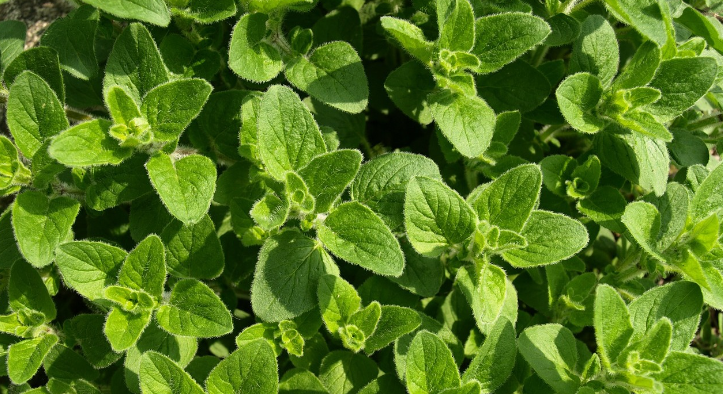Will Oregano Survive Winter? Oregano Hardiness Table

Oregano can survive winter outdoors in most climates and is hardy down to -30degF (which covers much of Alaska!). Why does oregano find it so challenging to grow here and what can gardeners do to ensure will oregano survive winter season?
Answering that question lies more in the nature of winter than temperatures you face; cold, wet winters are far worse for Mediterranean herbs like oregano than dry temperatures are; therefore snow, ice, hail and rain should be avoided as much as possible – however we also provide useful oregano winter care tips so they’ll see us through until spring!
About Oregano
Oregano is a hardy Mediterranean herb with perennial woody stems which return year after year, belonging to the mint family (Lamiaceae). This variety can flourish in any climate that provides adequate sunlight and drainage.
What Temperature Can Oregano Withstand?
One of the main issues associated with oregano is its tendency to rot during winter months. A common belief that frost and freezing temperatures kill oregano is false; typically moisture causes its demise (see our table for reference).
Why Does Oregano Die in Winter?
Oregano typically dies off during the winter due to prolonged damp temperatures and inadequate evaporation or need for water in its environment. Standing water, particularly within containers, often stagnates and harbors bacteria and fungal pathogens which attack plant roots directly.
Will oregano survive winter? Oregano plants remain dormant during outdoor winter conditions after an active year of vegetative growth, flowering and setting seed. If your oregano browns off and sheds its leaves naturally as part of its cycle it should not be taken as an indicator that something is wrong rather it’s part of its natural cycle and should not be seen as any cause for alarm.
Problems begin when plants are left exposed to damp ground or left sitting out in pots in all weather.

How to Overwinter Oregano
To keep your oregano plants safe throughout winter, bring them inside or move them to a protected location – this works better with container-grown oregano but it might be worthwhile digging up some from your garden and placing in a cold frame or greenhouse for overwintering – this way if the main plant dies there will always be another ready come spring!
Prep oregano in pots for winter by cutting back its stems by about 2/3, moving into a greenhouse, cold frame or indoor location if possible and covering with fleece to reduce rainwater absorption.
Preparing outdoor oregano for winter:
Plant it correctly by adding plenty of grit to its planting holes so that its roots never sit directly in wet soil; also add an additional 2″ layer to add extra drainage.
Existing plants: Carefully dig up half the plant, carefully untangling its roots from its main body. Spruik back stems by two thirds. Store this division safely away from rain, snow or hail.
Pruning Oregano for Winter
Pruning oregano too hard will impede its recovery after cold winters. When flowers have finished and leaves begin to drop in autumn, cut back two-thirds of its top growth while leaving some foliage at its base on each stem; this will prevent frost damage as well as creating bushier plants in spring.
Maintain Oregano throughout Winter
To keep Oregano producing all year, plant in pots and prune back after flowering. Bring indoors into a bright location where it will continue to produce new leaves throughout winter. Harvest sparingly before leaving it dormant for at least three weeks until spring returns.
Try to find out about Kohlrabi Splitting: Why Does It Happen and What Can You Do?
Conclusion
Will oregano survive winter? It has long been one of my favorite herbs, but cultivating it was no easy task. While we live in Zone 9 here, recent winter temperatures have actually reached as low as 0degF (Zone 7). By thinning back our oregano plants to their lower leaves during winter and keeping them moist throughout wintertime, their vibrant green leaves burst back to life upon the return of spring!
Ciara Konhaus

I’m Ciara and I’m a gardener and agricultural educator in zone 6b. I’ve farmed and gardened all over the Appalachian mountains and love to empower people with the tools they need to start their own gardens.
